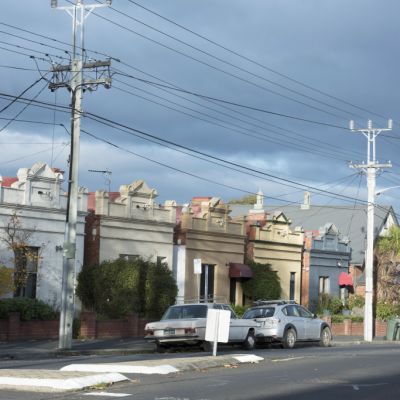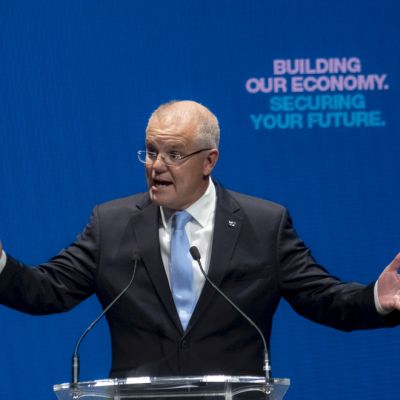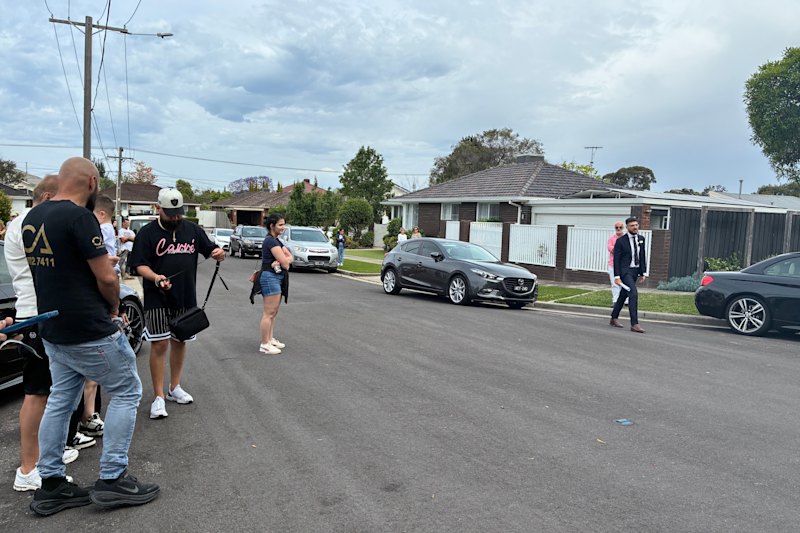Don't look to federal government to fix housing affordability crisis: Grattan Institute's Brendan Coates
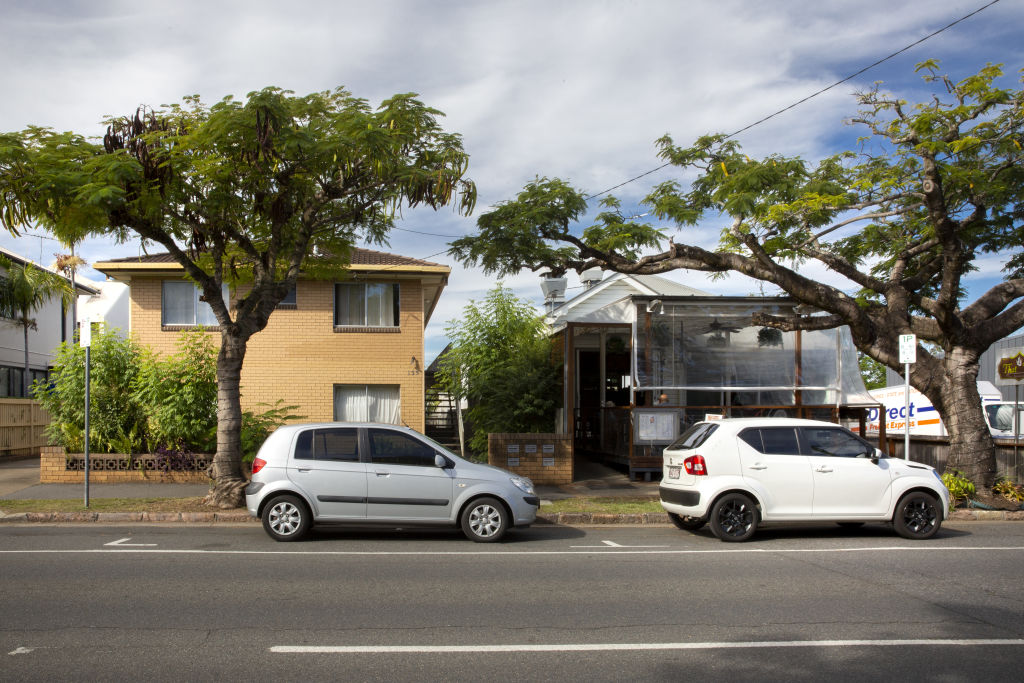
Local governments are better placed to help solve the housing crisis than the federal government, a key expert says.
Changing planning strategies to build more new homes in sought-after areas of major cities would have a bigger impact on affordability than introducing a national housing strategy, according to Grattan Institute fellow Brendan Coates.
“[The federal government] can provide funding for social housing, and it can fix aspects of the tax system,” he told the Tuesday evening Melbourne panel discussion How governments can help struggling Australians with rising housing costs.
“That will make a difference, but I think that’s also overrated. I don’t think reforms to negative gearing would have made that much difference to the housing market.”
Instead, he said the local government level was the best opportunity to address the cost of housing in Australia.
“It’s the planning rules that make it really hard to build housing where people want to live,” he said.
“We know that’s correlated really closely with levels of income, so higher income areas of cities tend to make it harder for people to be able to subdivide and build apartments, which quite frankly is what we’re looking at, apartments and townhouses.”
Talking about a national housing strategy was giving governments an “out”, whereas the levers for the supply side were at the state and local levels.

His comments follow an increased national focus on housing affordability in recent years as eye-watering dwelling prices in Australia’s largest cities have left many potential home buyers locked out.
The newly re-elected Coalition government appointed Michael Sukkar as Minister for Housing, following a campaign in which the opposition’s policies on negative gearing and capital gains tax were a hot issue. Mr Sukkar made headlines in 2017 at the height of the property boom by telling young Australians they needed a “highly paid job” to buy a house.
The Greens also proposed a national standard for renters’ rights, an issue which is currently addressed at state level.
Even so, one panellist warned that other levels of government needed to step up.
“Every level of government and every sector has to do their bit,” Victoria’s Residential Tenancies Commissioner Heather Holst said, adding that this would work better with co-ordination between them.
“Local government probably proportionately in many cases does more than its counterparts, because it’s so proximate to the problem.”
In the City of Melbourne, for example, the council was locating land that could be used for social housing and contributing to the social safety net with funding and co-ordination, she said.
But she noted that when the federal government stepped into the market after the World War II, a significant amount of social housing was built.
“Leadership is required,” she said.
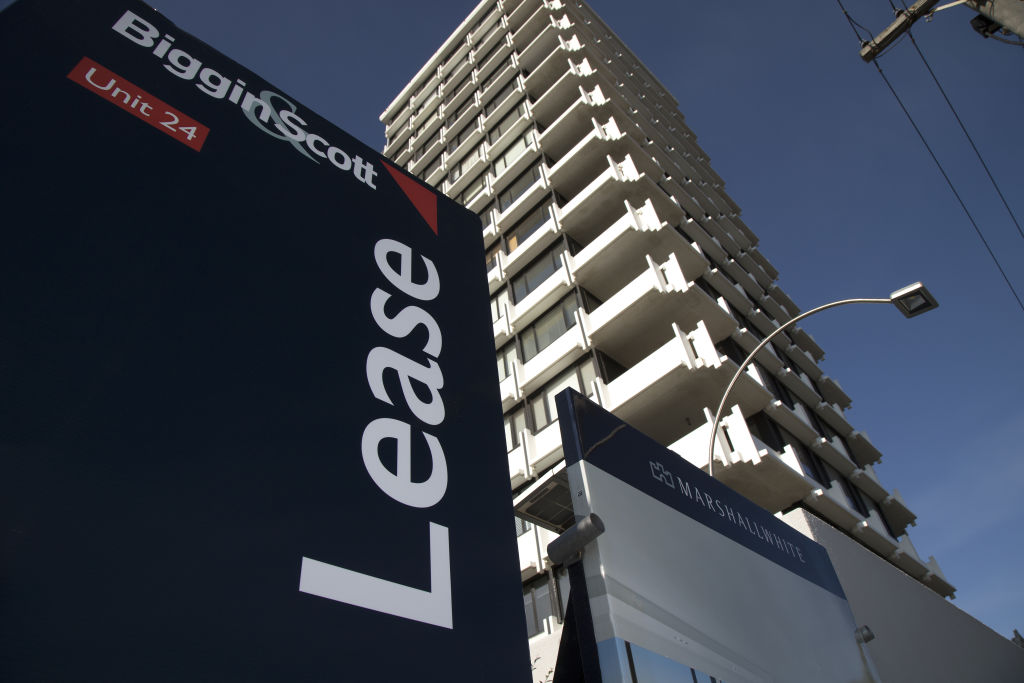
Social housing was one example of an issue in focus for different levels of government, Council to Homeless Persons chief executive and Homelessness Australia chair Jenny Smith said.
“There’s a bit of a ping-pong between local government not feeling empowered to require social housing or affordable housing as part of developments and wanting leadership from state government,” she said.
“And state government saying, ‘We can’t really do that, it needs to happen at the local level’.”
State governments should take the lead in ensuring new developments have social and affordable housing, although local councils would then have to grapple with the political implications, she said.
“That’s the only way we’re going to keep [from] slipping further behind.”
We recommend
States
Capital Cities
Capital Cities - Rentals
Popular Areas
Allhomes
More
- © 2025, CoStar Group Inc.
